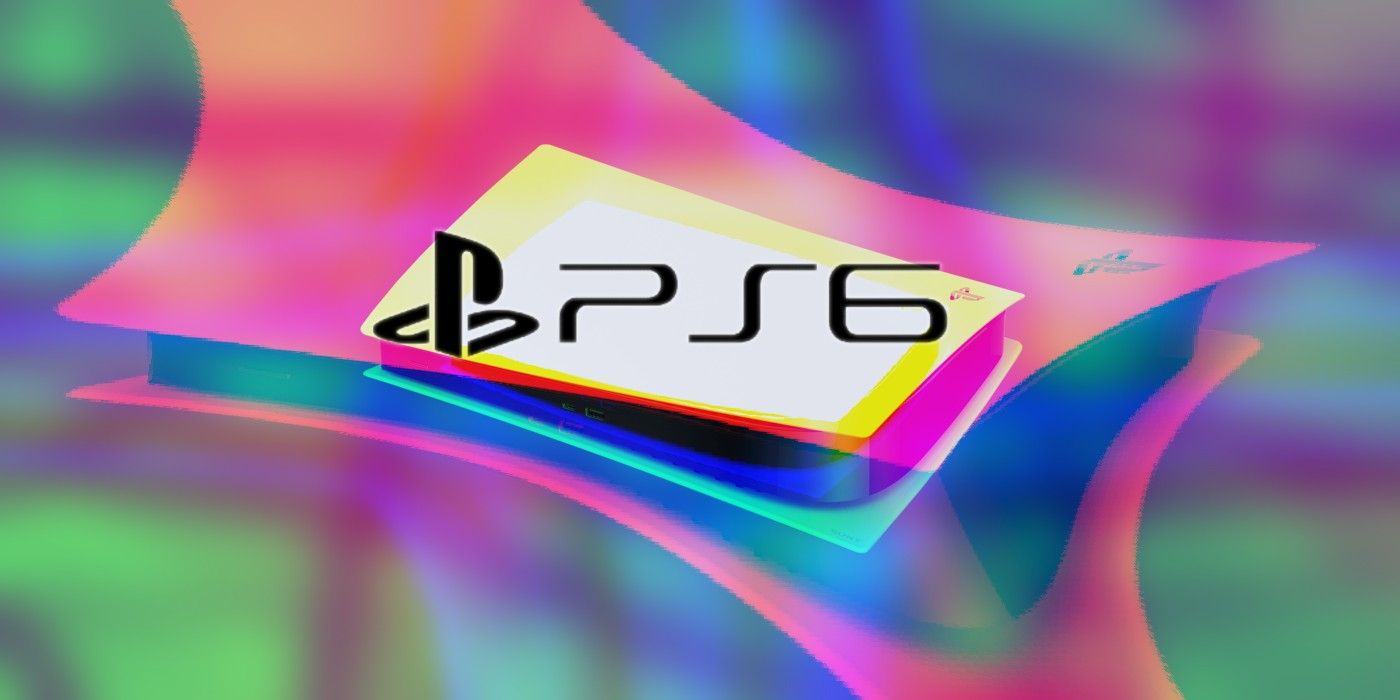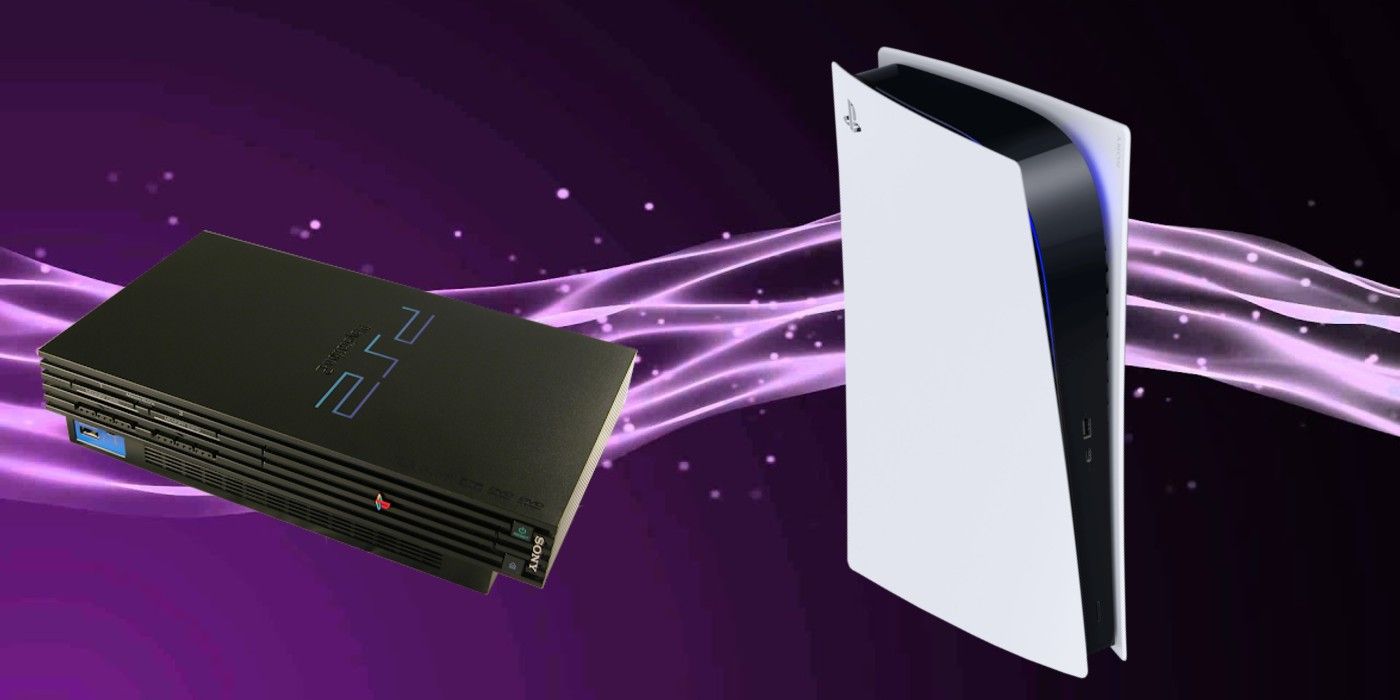Now that Sony's PlayStation 5 console has officially launched, players have been transported into a new ninth generation of gaming. While Xbox Series X and PS5 early adopters are already enjoying all of the new features their respective consoles have to offer (if they were able to secure a new PS5 or Xbox order online, that is) some players may be wondering what is next.
It's only natural to feel a little underwhelmed whenever a new platform is released. Video game console manufacturers go through long periods of teases and hype cycles prior to release in order to drum up as much customer interest as possible, and often players are filled with expectations that can't possibly be matched by reality. Combined with a lack of hit exclusive titles (unless someone really wants to play Demon's Souls or Astro's Playroom) and an increase in graphics that doesn't feel as drastic as it has in the past, and it's understandable why people would rather dream about what could possibly come in the future, rather than look at what they're stuck with right now.
It's almost a concrete certainty that Sony will release a PlayStation 6 console at some point in the future. The company has trademarked PlayStation names up to PS10, after all, and the lack of available PlayStation 5 consoles at launch proves how popular Sony's gaming platform remains even five iterations in. There will likely be a long wait in store for players who are looking to buy a PS6 online (or through whatever new method of communication is available in the future) but thankfully, by looking at past Sony PlayStation console releases, it's possible to determine a pattern and a timeframe of when the PS6 could release.
When Sony's PS6 Launch Will Be
By looking at the launch dates of Sony's previous PlayStation console releases, it's possible to make an estimated guess on when the company could theoretically launch the PS6. The original PlayStation console launched on December 3rd, 1994 in Japan, but English versions wouldn't come until a year later. From September to November of 1995, the PlayStation then released in North America, Europe, and Australia.
The PlayStation 2 also released first in Japan, on March 4, 2000, with a North American, European, and Austrian release rolling out throughout November 24th, 2000. Continuing this tradition, the PlayStation 3 launched first in Japan as well, on November 11th, 2006, and then in North America on November 17th of the same year. Unlike all of the previous consoles, the PlayStation 4 began its release rollout in North America, on November 15, 2013, and ended in Japan on February 22, 2014.
This means there were six years between the launch of the original PlayStation and the PS2, six years between the PS2 and PS3, seven years between the release of the PS3 and PS4, and now, in the year 2020, at the dawn of the PS5 generation, seven years between it and the PS4. Although these numbers average out to be 6.5 years between new console releases, it's also important to note that as hardware gets better and the differences between gaming PCs and gaming consoles continues to diminish, these newer generations may last longer than the previous ones.
Judging from these numbers, it's very likely that it will be at least seven more years before the PS6 releases. Taking into account hardware and graphical upgrades, the ability to patch in bug fixes and updated features via online connections, and the vast amount of research and effort it will take to move gaming forward from where it is right now, it could be even longer. Players shouldn't expect to see a PlayStation 6 until at least 2028... but until then, it looks like the PlayStation 5 will do just fine, and may even be available in stores by then.


